My perspective on what good hifi is about has changed a lot over the decades.
In my pre high-performance hifi years I didn't care what equipment I listened to music on as long as I could listen to music. My music kit as a little kid was a foldable integrated turntable with detachable loudspeakers, and I loved it. I could crank it up and blast out the music in my bedroom of my parents' house in a very enjoyable fashion.
Back in the late 1950s and 1960s my parents had a big console TV in the living room that included a black & white television, with an integrated AM/FM tuner, turntable, and loudspeakers. When color television came on the scene they traded up to a color console television, and fortunately it too had an integrated AM/FM tuner, turntable, and loudspeakers.
That was a long time time ago. While I knew those consoles contained vacuum tube electronics, who made them, or what the tube compliments were, have long been lost to the sands of time, if I was ever even aware of that at all.
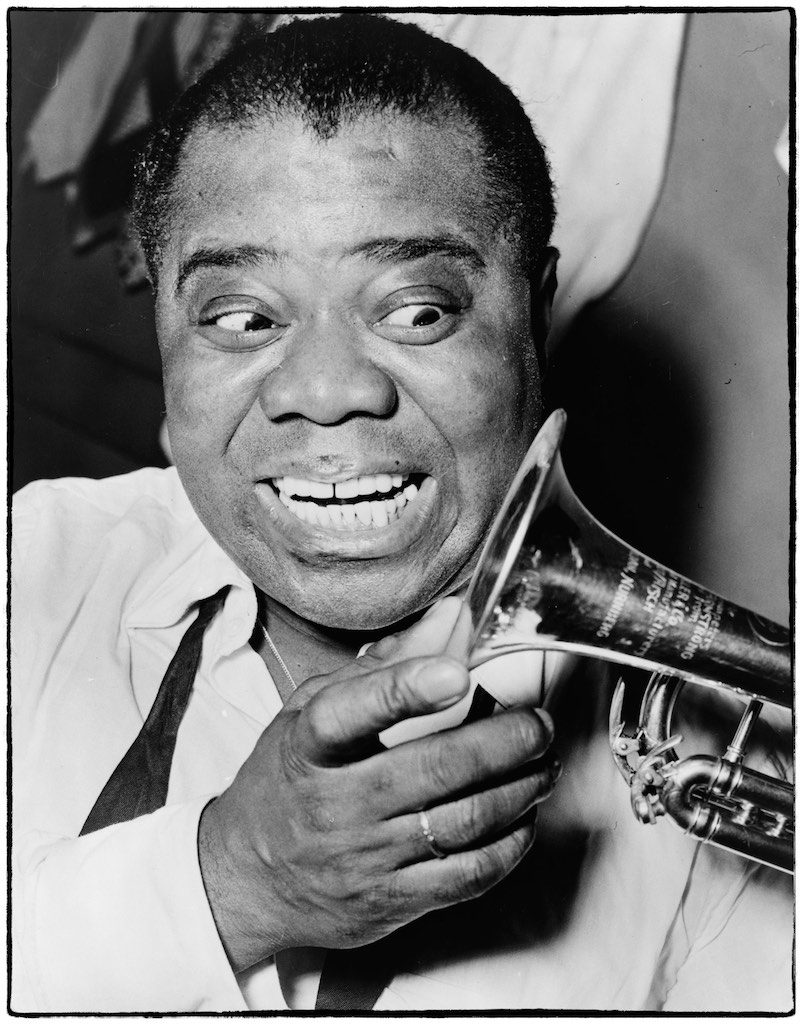
A public domain photo courtesy of Wikipedia.
My Mom liked to play jazz on those consoles, and I remember them having a big, warm, and musical balance that filled the house with music, and flattered all the music that was played over them.
Thursday, July 29th, 1965, has long been etched into my memory as an important live musical event, as that's when I was introduced to live jazz, when my Mom took me to a Louis Armstrong concert held in the parking lot at the Lloyd Center mall in Portland, Oregon. The crowd started early on at around 2000 in attendance, and swelled to around 20,000 over the course of the performance. You can read more about this historic performance HERE.
I also remember as a little kid going to the drug store to buy vacuum tubes for the consoles with my Mom. Back then most drug stores had a vacuum tube display rack with a stock of vacuum tubes, and a built-in tube tester so you could check your tubes to see if they needed replacing.
Let me diverge from the timeline of my story for a moment to talk about the research and development of high-performance audio up to that time in the 1960s, a time where it was not uncommon to compare live acoustic music to recorded music played back through hifi systems as a measure of high-fidelity.
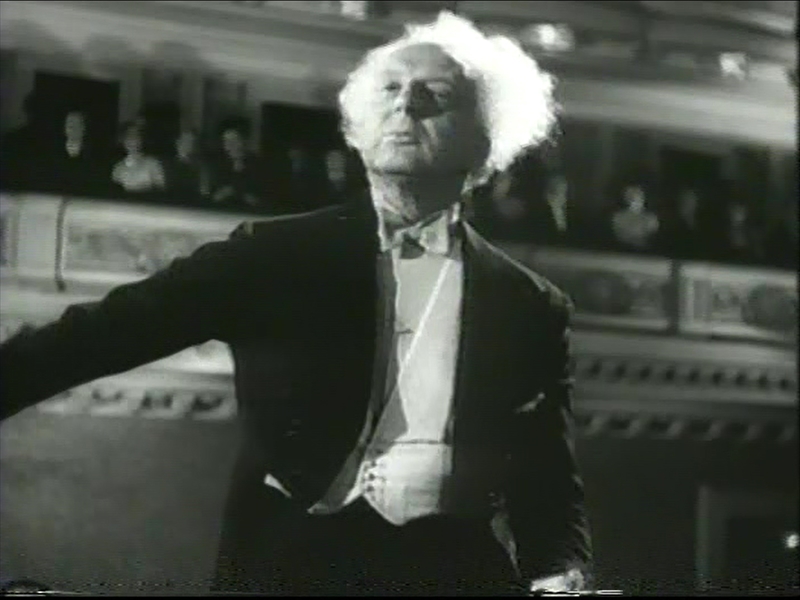
Leopold Stokowski at Carnegie Hall 1947 (public domain photo)
A rather famous example of this approach was none other than conductor Leopold Stokowski, who was not only a superb musician and conductor, but who was also very interested in the technical aspects of the recording and playback of music.
Professor Charles Weyl at the University of Pennsylvania created a tailored curriculum of acoustics and electrical engineering for Stokowski, so he could more effectively participate in guiding the technical activities of the audio engineering that he had become involved in, and the University of Pennsylvania eventually awarded Leopold Stokowski an honorary doctorate for his accomplishments in music, audio engineering, and film.
Leopold Stokowski worked closely with recording engineers during the acoustic horn recording era (1917-1924), the electrical recording era (1925-1940), and the "modern" analog recording era until his death (1941-1977), always striving for improved fidelity of recorded music. He heard it all.
Famously, Stokowski did experiments where his symphony orchestra would play live in a concert hall, and in an adjacent room Stokowski would setup electronics and loudspeakers to play the music from a live feed.
Stokowski would then listen to the orchestra playing live in the concert hall, then compare the sound he heard to the live feed playing through the electronics and loudspeakers, and make recommendations for improvements to the electronics and loudspeakers so that it would sound more like the live version in the concert hall.
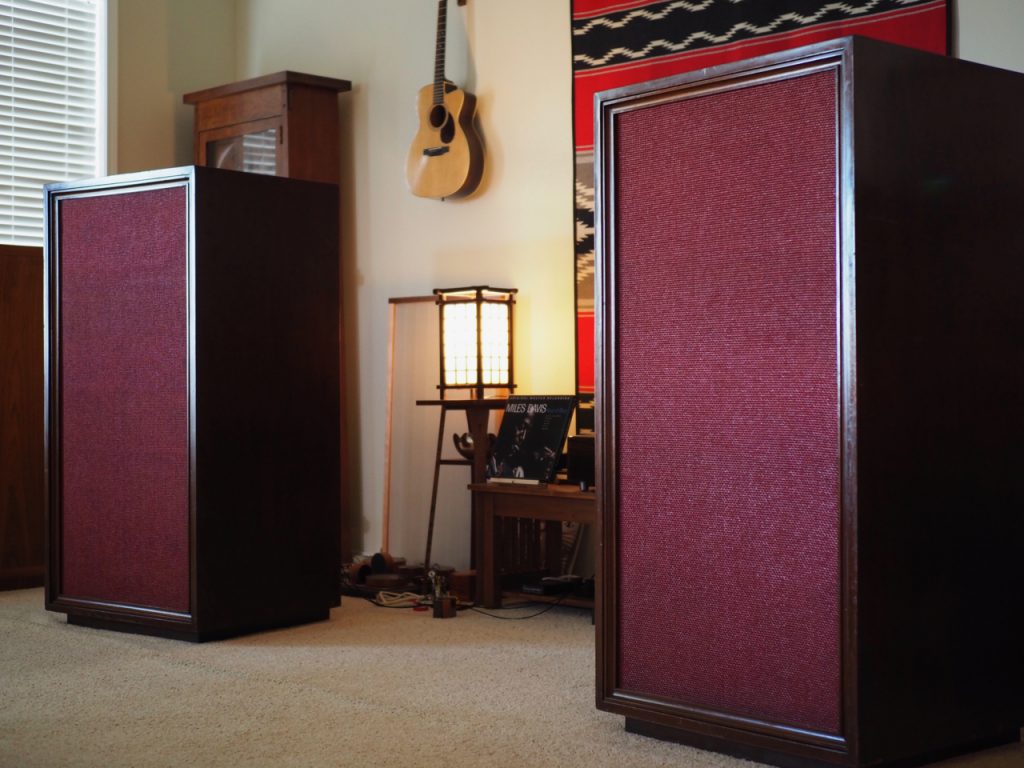
"Stokowski" Altec loudspeakers based system.
I have a pretty good idea of what Stokowski thought equipment should be like to sound "live", given I own the last pair of the personal loudspeakers Stokowski owned before he moved back to the UK from the USA, the custom "Stokowski" Altec loudspeakers that were probably built around the time the drivers were produced, 1961 to 1964 (more HERE).
I combined the "Stokowski" Altec loudspeakers with electronics of approximately the same period, my vintage McIntosh MX110Z tuner-preamplifier, MC30 monaural amplifiers, and a Garrard 301 turntable, to get an idea of what Leopold Stokowski would have heard in his home hifi system.
The resulting hifi system was shockingly good, and far exceeded the performance of the modern hifi systems I have heard displayed in listening rooms at the various audio shows I've attended over the years.
That is not the result I was expecting, but of course I was very gratified by the result.
Now, allow me another "rabbit trail" about hifi development in history before I return to my story timeline.
While pondering all this vintage musical magic, I had the good fortune to visit with Peter Qvortrup at his Audio Note (UK) headquarters located just outside of Brighton England last Fall, and had some fascinating discussions with Peter about hifi development in history, among other fascinating topics.
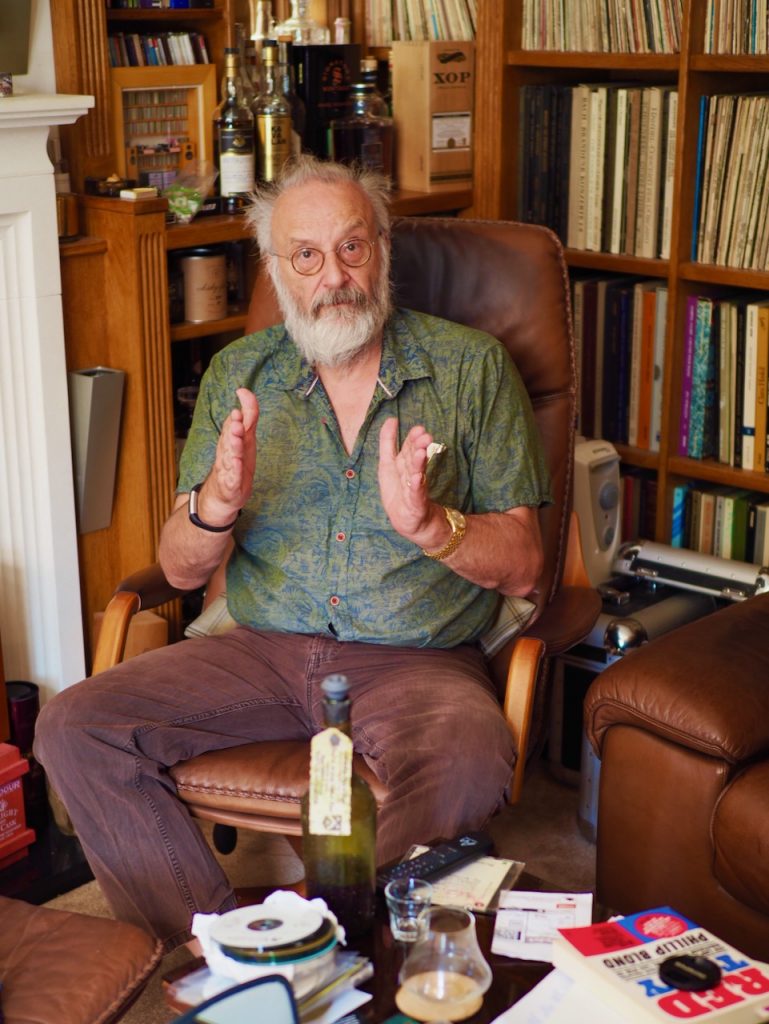
Peter Qvortrup (Audio Note (UK)) in his home listening room.
Peter told me that he believes the peaks of high-performance developments in the recording and audio arts occurred early in audio and recording history, with the performance peak for recording quality and software quality occurring from approximately 1950 to 1960, the performance peak for amplification quality occurring from approximately 1920 to 1930, and the performance peak for loudspeaker quality occurring in the late 1930s, which was led by cinema sound research & development.
Peter also says since those peak performance periods in hi-fi history, as time has progressed we have seen diminishing returns in performance advancements, or even diminishment in overall performance of the recording and audio arts.
The 1920s to 1960s was a period of time when huge efforts and financial resources were being poured into advancing cinema sound performance through research & development by companies like Western Electric and Altec, as well as other cinema sound companies around the world, and represents the peak performance period in the history of loudspeaker research & development.
Now back to my story timeline. In the 1970s I became aware of high-performance enthusiast hifi through friends, and visited the local hifi shops with them. I was impressed with the music I heard through those systems, but I was also depressed at the high cost of those systems, being a lad of few means.
It would be the mid-1980s before I could afford a simple cost effective high-performance enthusiast hifi, and at that time I started reading various hifi periodicals.
My wife was a talented musician - a pianist - and it wasn't unusual for us to listen to live music three times a week, and we did that for a little more than a decade.
So listening to live music became my benchmark of what music should sound like, and those traits of live music were what I wanted to hear from my stereo system, but at that time that's not what I was hearing from my stereo system.
In reflecting back on it, it seems like the hifi periodicals of that time were in one of two camps, those who did "performance" measurements of the equipment, and spoke about performance in measurement terms in their reviews, and then those who wrote about their subjective impressions of listening to hifi equipment during reviews, with little regard for "performance" measurements.
My take away from those two approaches was that while performance measurements of the electronics provided some insights, the measurements didn't usually correlate in a meaningful way as to how successfully the hifi equipment played music in a live-like way, and you needed to use your ears instead of an oscilloscope to get a final verdict on high-fidelity performance.
I have been pondering for quite some time why enthusiast hifi after the 1960s evolved the way it did, with much - but not all of it - becoming increasingly amusical, at least from a music lover's perspective of wanting to be able to enjoy a wide spectrum of music of various recording periods and quality.
The ability of a hifi system - or the individual components it is composed of - to be able to play a wide variety of recorded music from different periods, of different styles, and of varied recording quality, I refer to as the listening window.
The listening window is a subjective measure of how wide a variety of recorded music one can listen to through a high-performance audio system and still have it sound and feel believably like a live music experience.
My parents console televisions stereos from the 1950s and 1960s had a wide listening window that allowed for enjoyable listening of pretty much anything of any recording quality. How was that accomplished?
Yet many contemporary audio systems fail miserably at having a wide listening window, and can only accomodate a very narrow listening window of superb recordings, or risk sounding decidedly amusical on average recordings of great music.
A narrow listening window results in their owners buying the same audiophile recordings over and over again with each new remaster of the same old recording, because that's the only thing that sounds good on their stereo systems.
An increasing number of us hifi nuts and music lovers again want a stereo system with a wide listening window - like many of those high-performance vintage systems so easily achieved - so we can listen to whatever we want to whenever we feel like it - 78RPM recordings, LPs, reel-to-reel, FM, CDs, digital streams, whether they are of average quality or of superb quality, and still have it sound and feel credibly like a live musical experience.
My vintage audio system has an extremely wide listening window, and it superbly plays back music from any recording media of any quality while still making it sound and feel like a valid musical experience.
For me that's what high-fidelity audio is all about, and the non-intuitive part of it is why do so many high-priced and high-performance enthusiast audio systems totally suck at being able to accomplish that feat when some of the vintage gear could do that so easily? What's the secret?
There's a few audio companies I am familiar with that have figured out how to do that, like the aforementioned Audio Note (UK) systems of Peter Qvortrup, or the First Watt and Pass Labs systems of Nelson Pass.
For example, when I place the Audio Note (UK) CD 2.1x/II Level Two Red Book CD player combined with the Audio Note (UK) Oto Phono SE Signature integrated amplifier (below) into my "Stokowski" Altec loudspeakers based system, I get that same wide listening window that I get with my vintage McIntosh electronics.
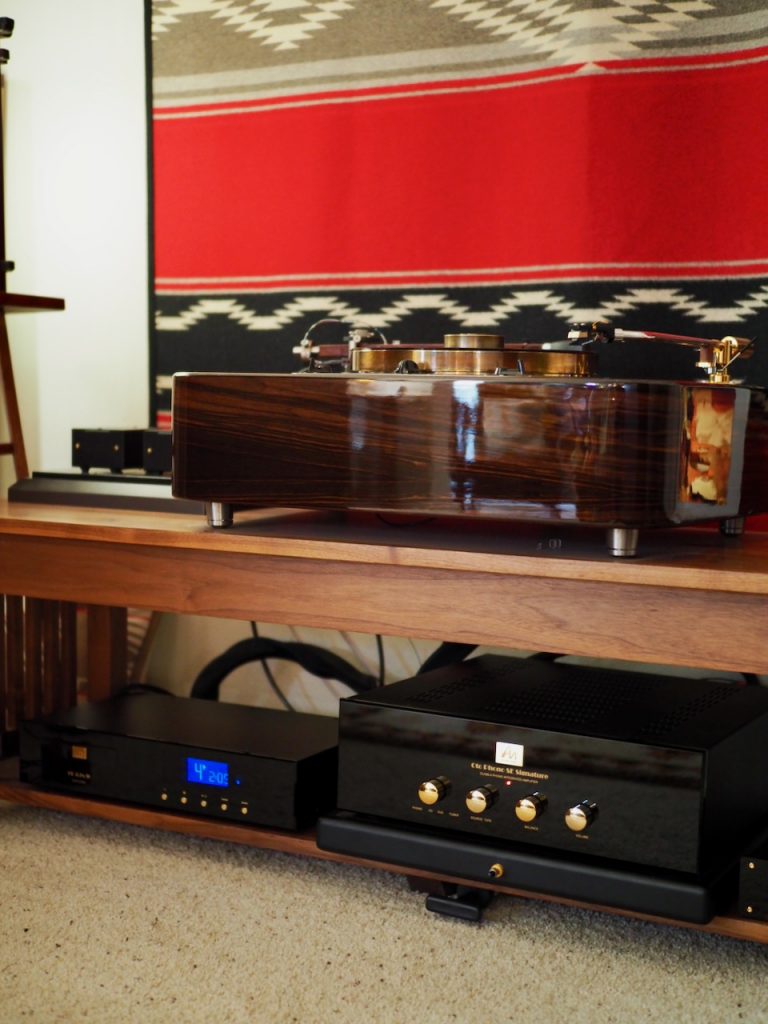
The same is true when I put Nelson Pass' First Watt SIT-3 combined with the Pass Labs XP-12 line-level preamplifier (along with the Soundsmith phono preamp) in place of my vintage McIntosh equipment (below).
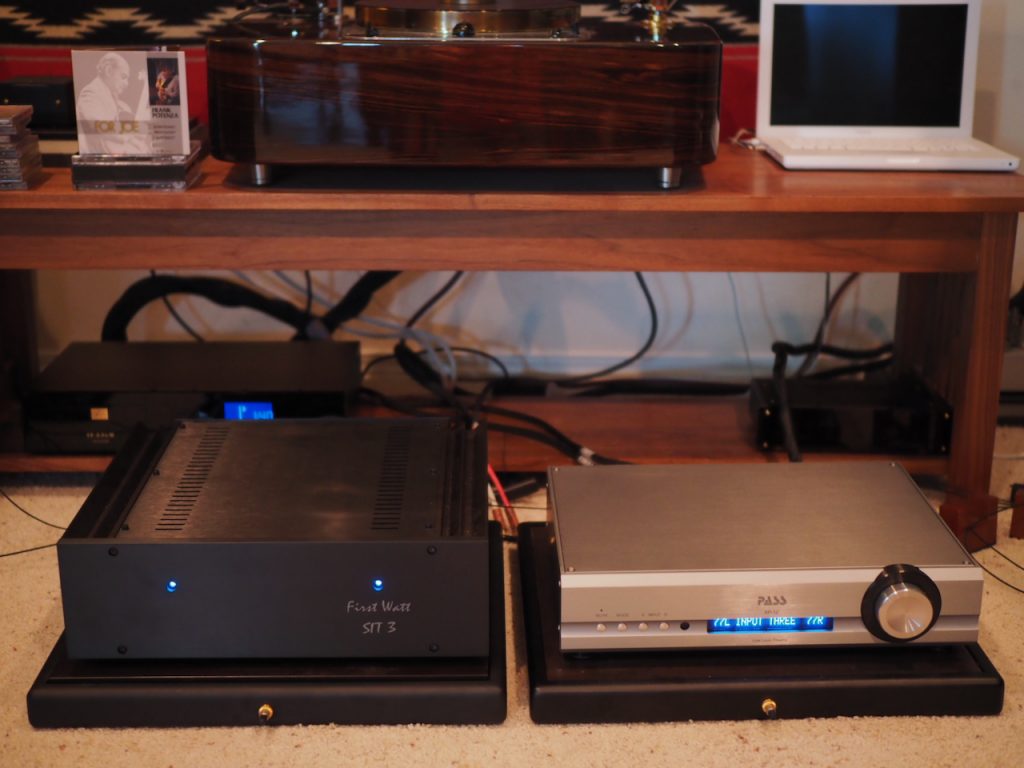
With each of those sets of electronics powering the "Stokowski" Altec loudspeakers I get an impressively wide listening window that allows me to listen to pretty much anything I want to and still get a completely convincing musical experience, all the way from 78 recordings (a revelation!), LPs, and CDs (another revelation!).
This is the sort of performance from a stereo system that I have been searching for all my life, and now it is a reality.
So what is it about the circuits and components used in those circuits that give them the ability to have a such a wide listening window, and how was it accomplished with those two very different - vacuum tube and solid state - components?
One might think that a less resolving, warmish sounding stereo system, would give a wide listening window. That's not necessarily the case though, as the "Stokowski" Altec loudspeakers, Audio Note (UK) components, and First Watt & Pass Labs components, are all quite resolving and transparent, yet maintain a natural tonality and musicality that is quite breathtaking on pretty much any music I choose to play, even from recorded media of varied quality.
Great recordings of good music are transcendent to listen to, and so are poor to average recordings of good music.
The exciting thing about a system with a wide listening window is that it encourages me (and I think you too), as a listener, to explore music that I would not otherwise listen to, and with great listening satisfaction being the result.
Over the next year or so, I want to tell you more about what makes this wide listening window possible in a high-fidelity, high-performance, audio system, as I explore this important topic in greater detail.
As always, thanks for stopping by, and may the tone be with you!



























